Across the U.S., small towns are getting creative to attract new residents—and offering free land is one strategy that’s gaining traction. But it’s not just about boosting the population anymore. Communities are increasingly looking for eco-conscious builders who will help shape a more resilient, sustainable future. These 13 rural spots are offering free plots if you’re willing to commit to green building practices.
1. Lincoln, Kansas

Lincoln is one of the best-known towns offering free residential lots for those looking to build. According to the Kansas Association of Conservation Districts, the city has made sustainability part of its pitch, encouraging energy-efficient construction and local materials. The lots are located in a quiet subdivision with access to local schools and parks. With a strong push for economic development, the town welcomes new ideas and building methods.
In Lincoln, you’ll find prairie landscapes and wide skies—and a community that wants to grow intentionally. Builders who opt for solar panels, energy-saving insulation, and water-smart landscaping are especially encouraged. It’s not just about putting down roots; it’s about building the future. And here, green building makes you more than a neighbor—it makes you a pioneer.
2. Mankato, Kansas

Mankato is another Kansas community offering free land to those who meet basic building requirements within six months. Mankato Free Press reports that the city also hopes to attract eco-minded residents who will contribute to long-term growth. The town’s school district, hospital, and walkable downtown make it especially appealing for young families. While not strictly required, sustainable building practices are considered a big plus.
Incentives like this don’t come around often, especially in areas with such strong civic infrastructure. Mankato blends a small-town pace with a growing awareness of environmental stewardship. Green roofs, passive solar design, and native landscaping are quietly reshaping how homes look and function. In this town, sustainability isn’t a buzzword—it’s a welcome mat.
3. Elwood, Nebraska
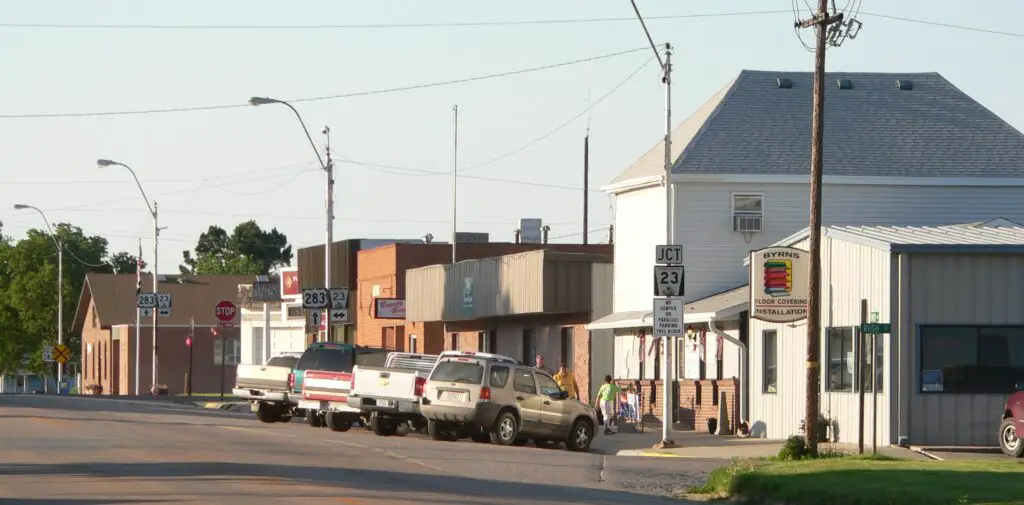
The town of Elwood offers several free home sites as part of its housing incentive program. The Grand Island Independent notes that while the program doesn’t mandate green construction, officials have voiced support for sustainable designs and resource efficiency. The lots are located in a newly developed subdivision with full utility access. With Nebraska’s wide temperature swings, energy efficiency here is more than a trend—it’s a necessity.
Elwood is eager to attract long-term residents who value durability and low-impact living. Homes built with solar-ready systems or advanced HVAC setups can set the tone for future development. It’s a rural community with an eye on the future. And building sustainably makes you part of that vision.
4. Marne, Iowa

Marne has fewer than 150 residents, but it’s become a surprising magnet for people seeking free land. Des Moines Register articles highlight how the town embraces alternative construction techniques, including tiny homes and passive houses. Their only major requirement? You’ve got to build a house that’s at least 1,200 square feet and be ready to live in it. Sustainability-minded applicants have already begun to take notice.
Living here means getting back to basics—but doing so with high-efficiency appliances and eco-friendly materials. With its low population density, Marne offers a chance to live closer to the land. It’s a great fit for anyone looking to grow a garden, harvest rainwater, or install off-grid power. In this town, “rural” and “resilient” go hand in hand.
5. Beatrice, Nebraska

Beatrice has revitalized its free lot program, encouraging applicants who will build homes that align with modern environmental standards. It’s a quiet city with a surprising amount of infrastructure, from community events to decent broadband coverage. The lots come with certain size and build-time requirements, but green upgrades are welcomed. Builders who want to go solar or install geothermal systems find few roadblocks here.
In Beatrice, the town’s calm pace contrasts nicely with the forward-thinking approach of its newer residents. People moving here tend to prioritize clean air, quiet streets, and lower utility costs. A sustainable home makes those goals more achievable. This is where low-key living meets long-term thinking.
6. Curtis, Nebraska

Curtis offers free lots in the Roll’n Hills Subdivision to those willing to build within a set timeline. The lots include paved streets and access to utilities, making them ideal for quick construction. While there’s no mandate for sustainability, eco-conscious builds are enthusiastically received by local leaders. Those bringing in green building ideas often find helpful resources and community support.
Curtis has a small-town charm that appeals to those tired of urban chaos. A home here that runs on solar, collects rainwater, or features eco-friendly siding fits right in. Many who build here choose locally sourced materials to reduce transport emissions. Curtis welcomes not just homes—but new ideas.
7. Loup City, Nebraska
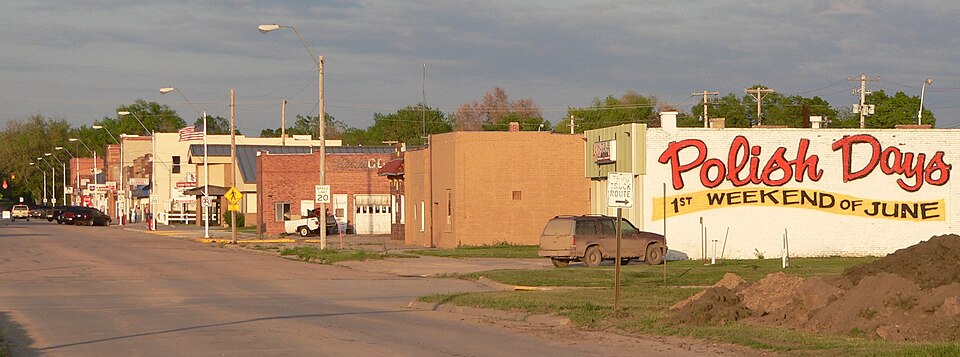
This small central Nebraska town is offering residential lots for free, aiming to increase its population and economic footprint. Loup City’s leadership has expressed interest in long-lasting, low-maintenance homes. That aligns naturally with sustainable design, which reduces long-term costs for both homeowners and municipalities. The local utility providers are also increasingly accommodating of energy-efficient systems.
In Loup City, you’re not just a homeowner—you’re a partner in the town’s future. Building green shows your commitment to longevity and community resilience. It’s a place where quiet living meets smart choices. And your sustainable home might inspire others to follow suit.
8. Osborne, Kansas

Osborne’s free land program encourages new construction in designated areas of town, and sustainability-minded buyers are welcome. This tight-knit community offers a low cost of living and an appreciation for self-sufficiency. Off-grid builds, energy-efficient insulation, and low-flow plumbing aren’t just trendy—they’re practical. The town sees green building as a win-win for everyone.
Osborne wants residents who will stay and contribute, not just build and leave. A sustainable home with a long lifespan fits that goal perfectly. It’s not about flash—it’s about future-proofing. And here, thoughtful construction gets noticed.
9. Buffalo, New York (Rural Outskirts)
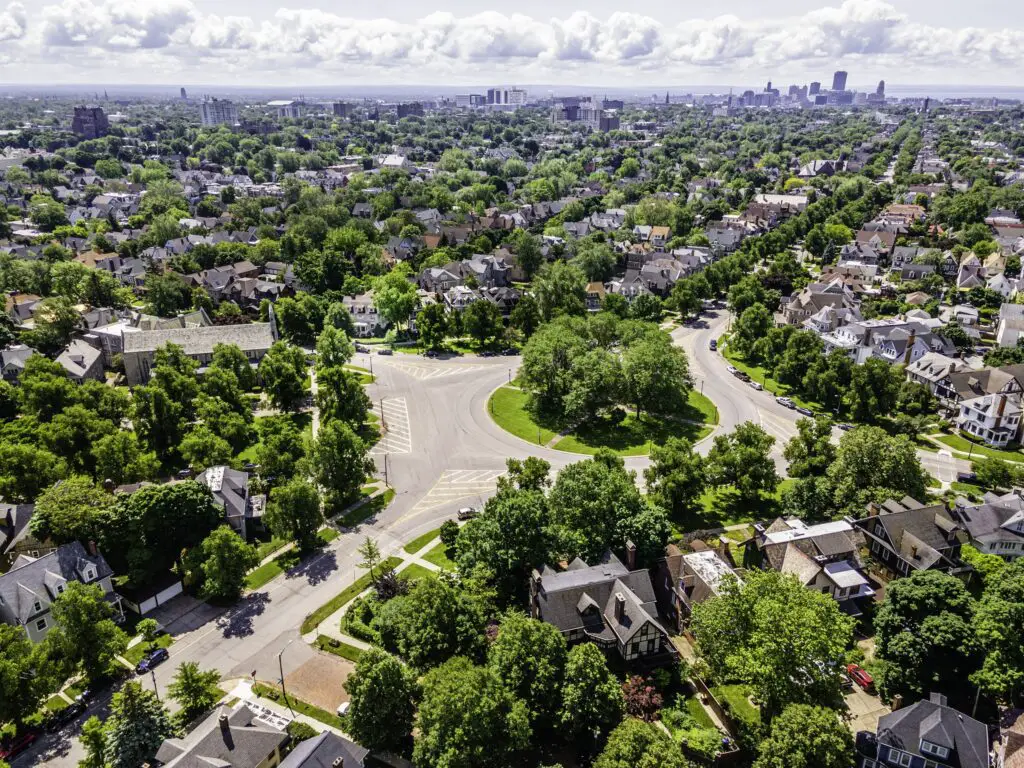
While Buffalo isn’t a rural town, its surrounding areas offer free or nearly free plots for those willing to build outside the city. Some rural municipalities in western New York support green development as a way to increase property value while preserving the environment. Passive homes and modular solar systems are becoming more common. And plenty of lots are just waiting for someone to build something smarter.
In these areas, a sustainable home feels like a commitment to place. It offers energy savings and a smaller footprint, both valued by regional planners. For buyers wanting to escape urban life without giving up modern conveniences, it’s an ideal setting. You get quiet, space, and a chance to make your mark.
10. Camden, Maine (Rural Edge Areas)

Rural parts of Camden offer plots through cooperative land trusts or incentive programs. They’re looking for new residents who understand the balance between nature and development. Building sustainably here is more than a personal goal—it’s part of the cultural fabric. Reclaimed wood, solar panels, and permaculture gardens are common sights.
In Camden’s outskirts, you’ll find clean air, deep forests, and neighbors who value environmental integrity. Your home becomes part of the landscape, not just planted on top of it. Sustainability isn’t an afterthought—it’s expected. And living this way feels like joining a shared mission.
11. Plainville, Kansas
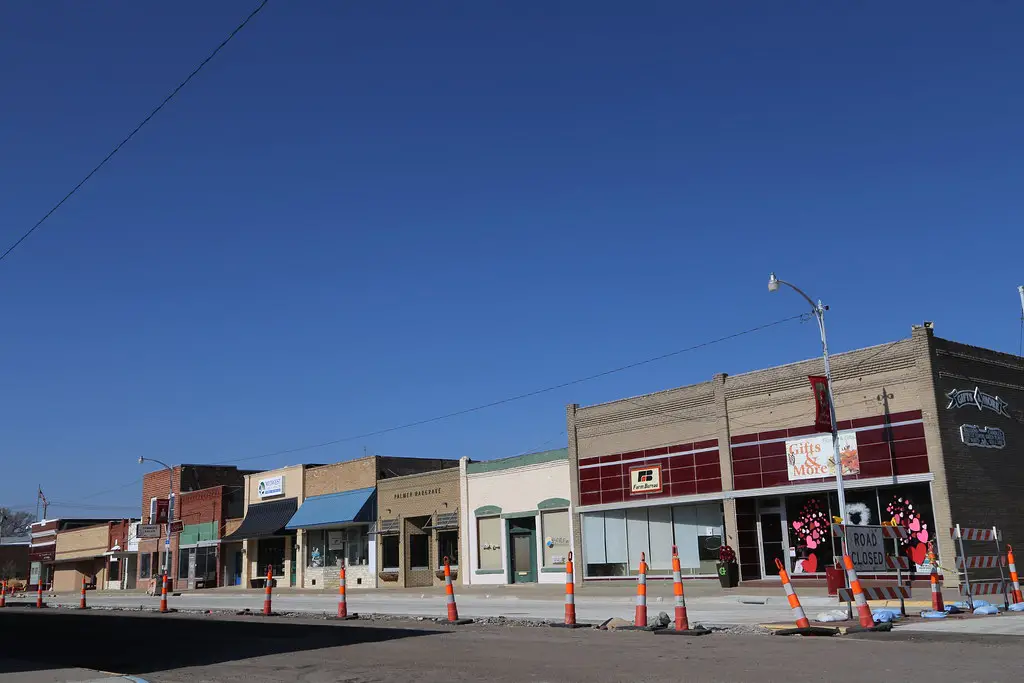
Plainville offers affordable land and open arms to newcomers who want to build responsibly. The town’s leadership has talked openly about revitalizing the community through smart, resilient construction. Though free plots are limited, the town often waives or reduces fees for those incorporating green tech. Whether you’re building with SIPs or solar, you’ll likely get support.
Plainville is the kind of town where people pitch in to help raise walls—and celebrate when roofs go on. Your sustainable home isn’t just your win—it becomes a community milestone. Here, your choices echo beyond your property line. And that ripple effect is exactly what the town hopes for.
12. New Richland, Minnesota

New Richland offers free residential lots to families who agree to build within a year. With an active interest in attracting young families and forward-thinking professionals, they’re eager to support homes that use sustainable methods. Green building materials, smart water systems, and insulated concrete forms are already showing up in newer homes. There’s a quiet movement growing here.
In New Richland, you get more than land—you get a chance to be part of a small-town renaissance. The people are welcoming, the pace is calm, and your eco-friendly home becomes a local talking point. When you live here, sustainability becomes a shared value. And that’s a powerful foundation for any home.
13. Flagler, Colorado
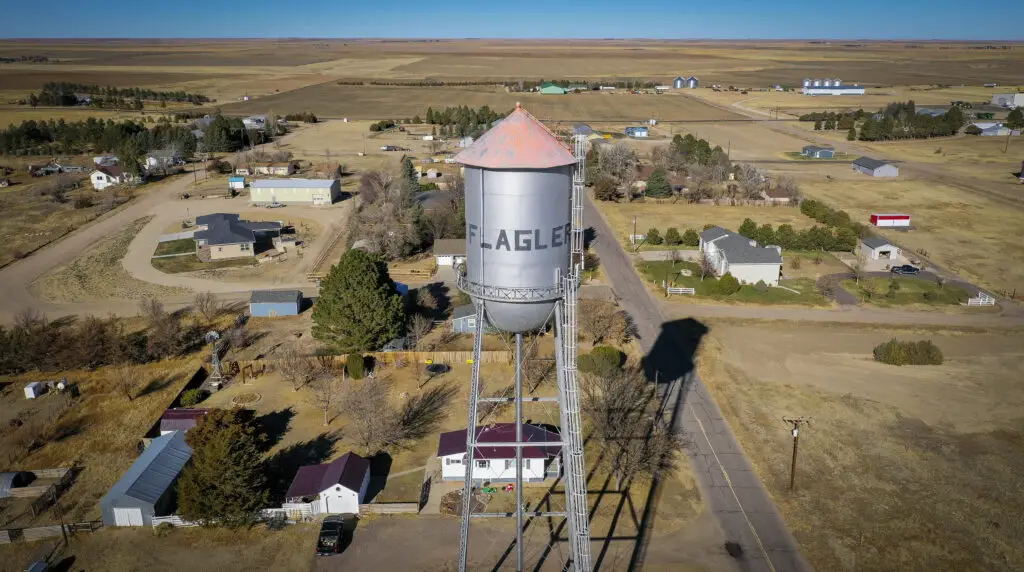
Flagler is offering incentives to those who will help the town rebuild its population—especially through conscientious construction. The lots come with few restrictions and offer wide-open views and easy access to small-town amenities. Solar-ready homes and energy-efficient designs are not only encouraged—they help set the tone for the future of the area. Local officials see green builders as potential leaders in the town’s next chapter.
Flagler might be small, but it’s full of possibility. Your sustainable home can spark curiosity, inspire others, and even shift the town’s reputation. In places like this, one house really can make a difference. And if you’re ready to build responsibly, you won’t be alone.
